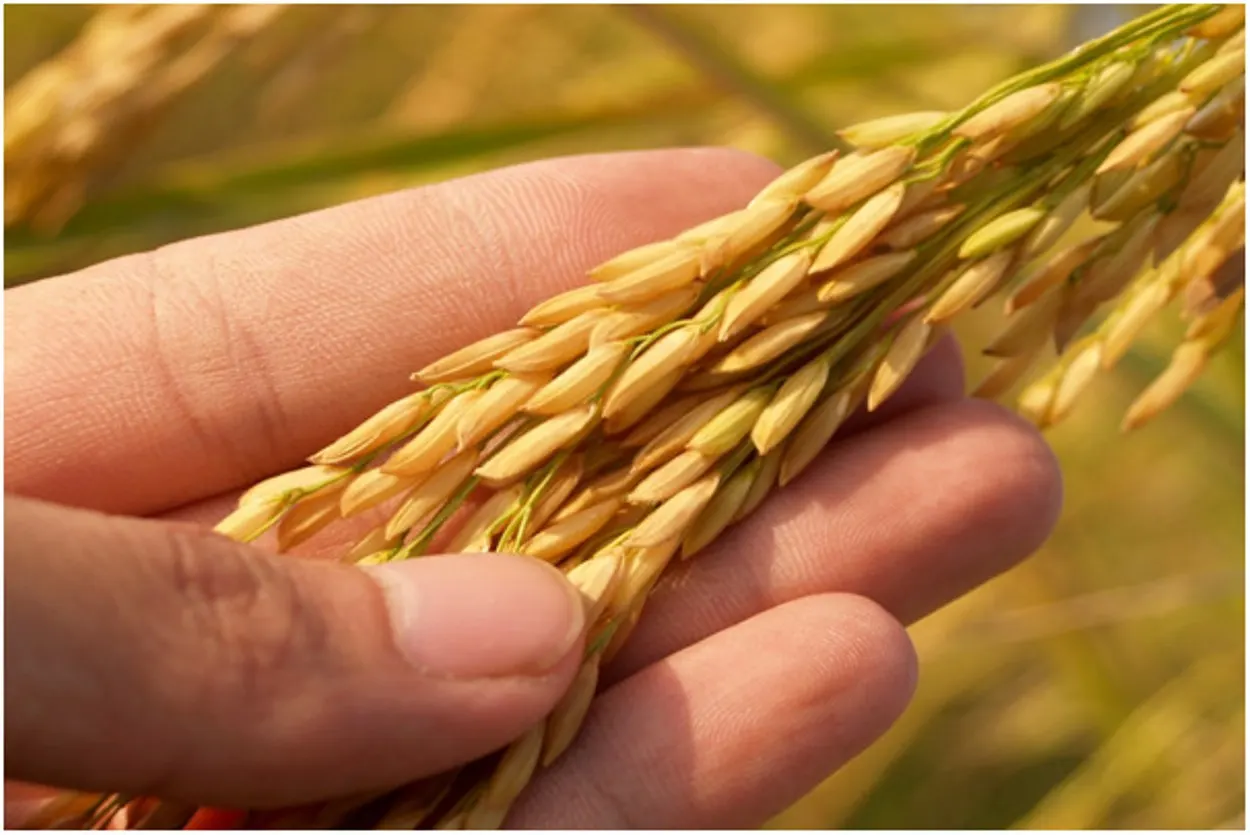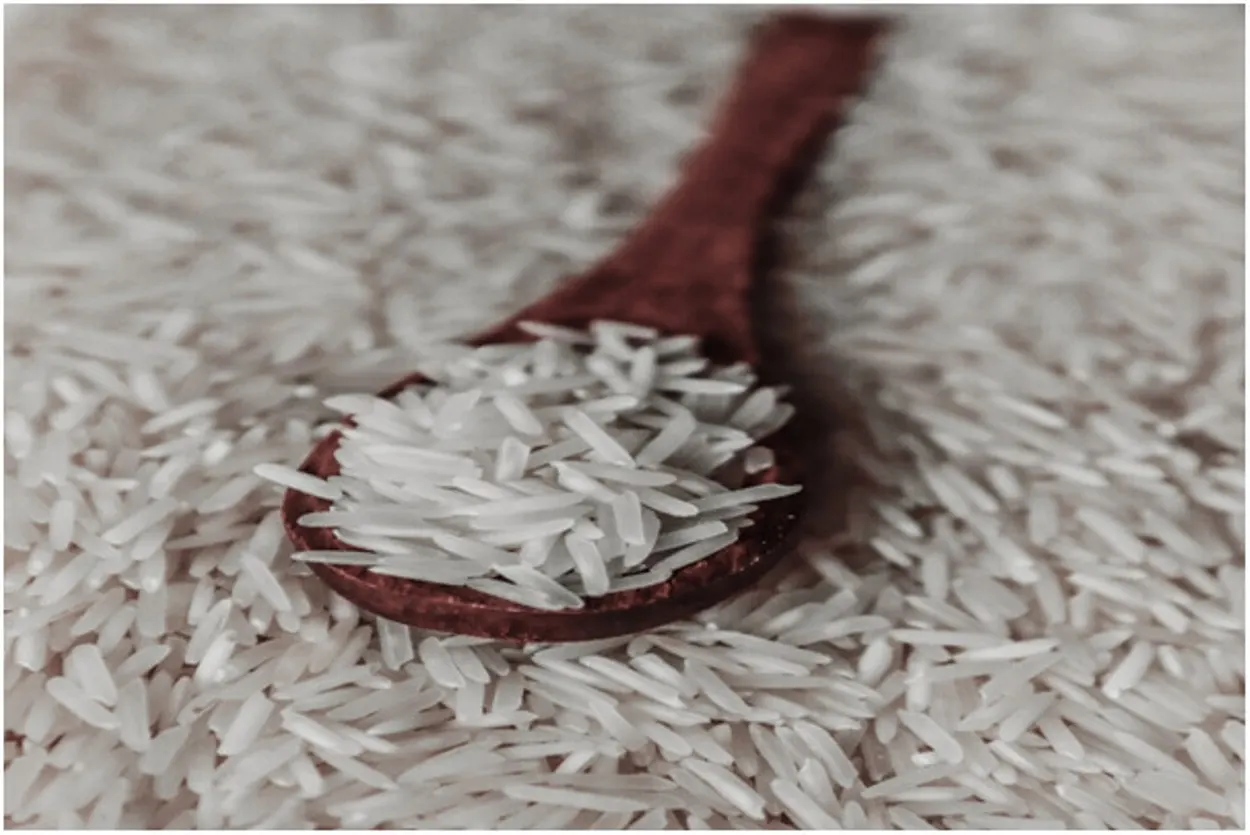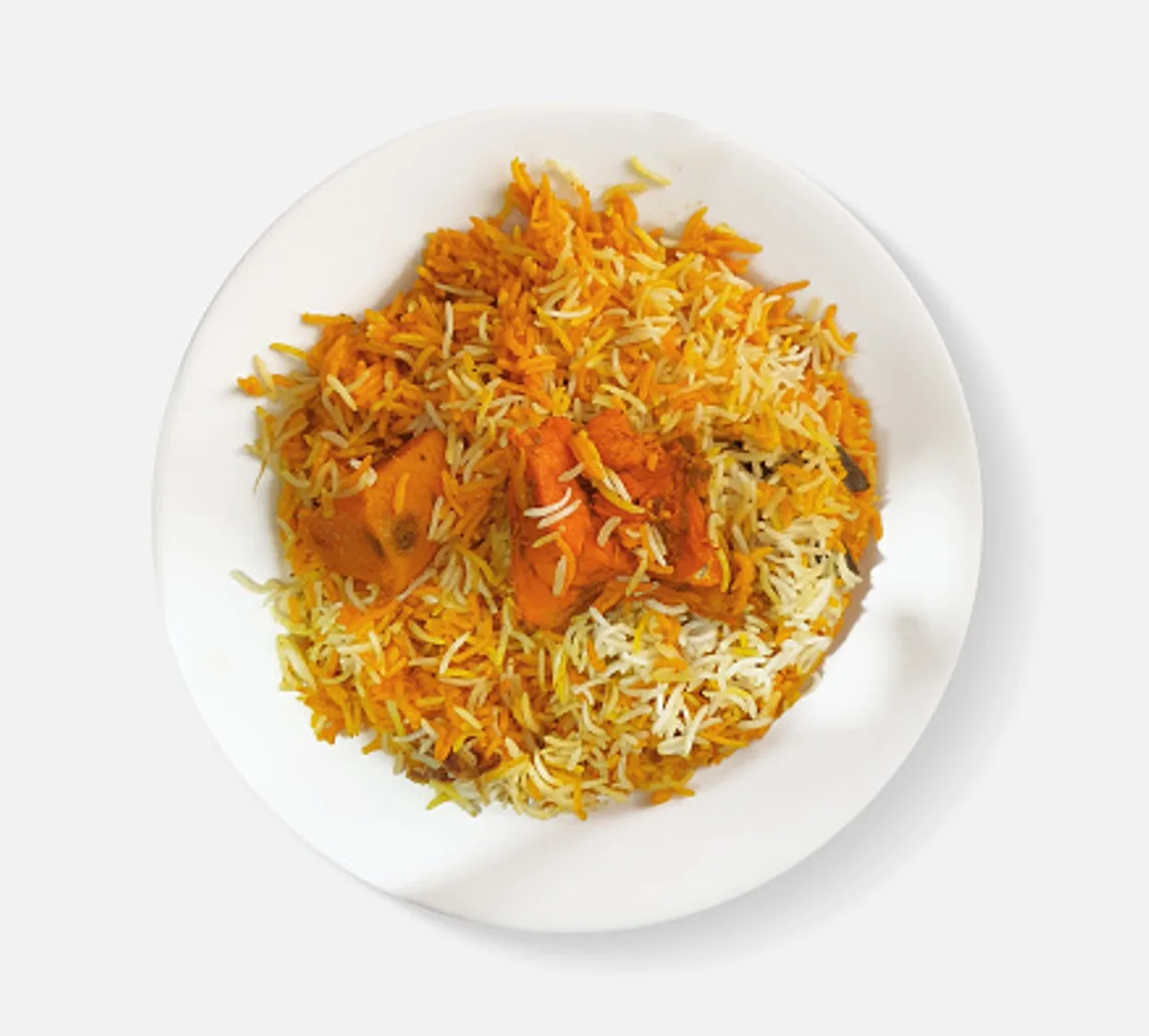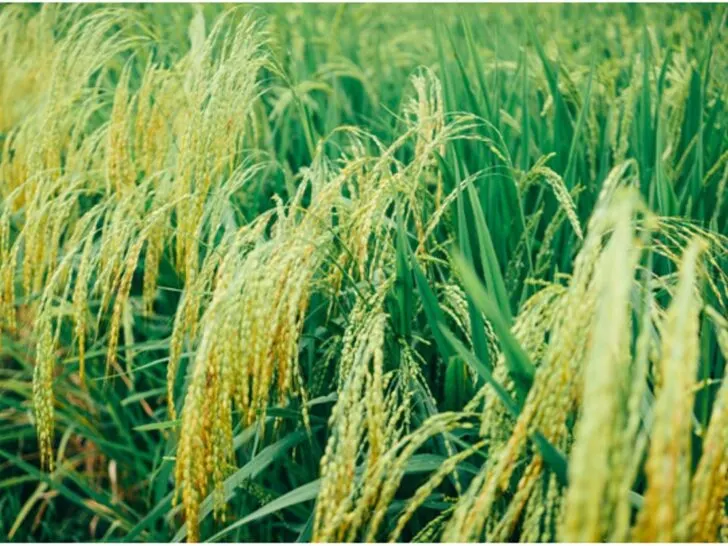Has it ever happened that you went to the shop to buy basmati rice and got confused with so many different types?
Some are labeled as Sela Basmati Rice, while others don’t have a “Sela” label. Then, in the midst of the confusion, you call your mom and ask her what she needs.
And so she replied, “I need Sela Basmati.” Next, you transfer her words to the shopkeeper and leave the market after taking them. But then your mind starts to wander about the difference between the regular ones and Sela Basmati. And you decide to conduct an internet search.
Voila! You have jumped to the right place. In this article, I will share their detailed differences. Therefore, next time, you will not fall into any confusion. Moreover, when you or someone else wants to cook rice, you must know which type is best for a particular recipe.
Sela rice, also known as parboiled rice, is rice that has been steamed while still in its husk before being dried and processed. As a result, the rice grains are a little bit yellow, but this is desirable since all the grains separate when the rice is cooked, even though the flavor barely changes. White rice has a pleasing appearance and aroma, but due to its difficult milling process, it loses nutrients and becomes sticky when cooked.
Let’s check more details about this topic.
Which Parts of the World Do People Eat Rice Most Often?

Rice is a stable ingredient in almost every house in India, Bangladesh, and Pakistan. Moreover, it is also a big part of Chinese cuisine. It is full of carbohydrates. There are nearly 120,000 types of rice around the world.
They are distinguishable by the degree of milling, kernel size, starch content, and flavor. So for someone who doesn’t eat rice very often, it is challenging to tell the difference between different categories of rice.
As in today’s article, let’s spot the difference between Sela Basmati rice and regular Basmati Rice (without Sela). Therefore, first, we will look at the definitions of these two types of rice.
What is “Sela Basmati Rice”?
It is also known as Parboiled Rice (Sela). It is boiled in the husk, making it more gelatinized, glassier, and harder than other rice.
What is Regular Rice?
Regular rice is long-grained white rice. There is nothing special about them. They do not go through the same process as Selah Rice.
What is the Cooking Time For “Sela Basmati Rice”?
It needs to be soaked for 30 to 45 minutes because it is harder than other types of rice. The cooking time for Sela Basmati Rice is 12 to 15 minutes, but that time can also change according to the rice quantity.
When the process of cooking rice is finished, leave the rice, which is already cooked, in the pot for almost 5 minutes before serving.
What is the Cooking Time for Regular Rice?
Regular white rice usually does not require soaking before cooking. But if you prefer soaking it before cooking, go for it because it does help rice grains cook longer.
A regular cup of rice takes about 17 minutes to cook, but depending on the quantity, it can take longer.

How is Sela Basmati Rice Stored?
Sela Basmati Rice is more prone to rancidity since its germ still contains a lot of oil. Therefore, try to only purchase parboiled rice every month and utilize it as soon as possible.
However, it is not very perishable and can be stored for a few months if kept dry and out of direct sunlight. Rice that has been cooked should be kept in the refrigerator and utilized within three to four days.
How is Regular Rice Stored?
White rice storage isn’t difficult, but it does involve more than just putting a box or bag in your cupboard and shutting the lid.
Before stocking up, consider a few things, and once you’ve created cooked rice, you’ll want to know how to store it.
That takes a little more work than just pouring it into a container and closing the refrigerator door, much like keeping dry rice. Uncooked rice can be kept for one to two years if it is kept in an airtight container and kept in a cold location.
To achieve the greatest flavor and texture, cook within the first year. After then, the quality does decline somewhat, but as long as there are no obvious symptoms of degradation or mold, it is still suitable for use.

Is Sela Basmati Rice Better for Diabetics than Regular Rice?
According to scientific studies, parboiled (Sela) rice is a better option for diabetics than other rice. It is because it affects blood sugar levels more than white and brown rice.
Due to the parboiling process, Sella Basmati Rice is a fantastic source of calcium and iron. It is a better and healthier substitute for conventional rice since it contains more protein when compared to standard white rice.
Advantages of Sela Basmati Rice over Regular Rice
There are quite a few advantages to Sela Basmati Rice over standard white rice, which are as follows:
- Parboiled (Sela) rice is a better option for diabetics than other rice since it affects blood sugar levels less than white and brown rice.
- It is a rich source of solid fiber.
- Sela Basmati Rice is 100℅ gluten-free.
- Due to the parboiling process, Sella Basmati Rice is a fantastic source of calcium and iron.
- Sela Rice is a good source of vitamins, including thiamine and niacin.
- Sela Basmati rice is also cholesterol-free, making it a good food for weight management.
- It is a better and healthier substitute for conventional white rice since it contains more protein when compared to standard white rice.
- Sela Basmati rice has a harder and glassier texture than other types of rice and gets fluffier when cooked.
- Sela Basmati rice is one of the purest grain forms and is hygienically processed.
Which Recipes Need Sela Rice?
As Sela rice is pure and good in size, its demand increases during various cuisines, particularly Biryani and Pulao. It is quite adept at absorbing the taste of many herbs, spices, and other ingredients.
Moreover, it gives an appealing look to the food items. The thoroughly cooked grains take an elongated look. They also enhance the dish’s flavor, aroma, and appearance on the outside.
This rice aids in the fight against malnutrition. Moreover, it helps treat other shortages, including those of protein, iron, zinc, vitamin A, and rich in vitamin C.

Which Recipes Require Rice Without Sela Label?
There are so many different dishes that you can prepare using regular rice. It includes daal along with rice, khichdi, tahri recipes, etc. You can easily eat the leftover rice and grains by refrigerating them.
Rice keeps well in the refrigerator for days, while grains keep well in the freezers for months. You can try sweet dishes with rice as well. The primary sweet is kheer. All you need to do is grind the rice to prepare it.
Difference Between Sela Basmati Rice and Regular White Rice
As you know from the information above, there are some significant differences between Sela Basmati Rice and standard white rice. Sela Basmati Rice is richer than regular white rice. Sela rice is cholesterol-free, making it a better choice for people with diabetes.
Sela rice takes less time to cook than regular white rice and is fluffier than white rice. Sela rice is better than white rice in terms of being a better source of vitamins.
Parboiled rice has been boiled while still in its husk. Rice that has been parboiled (Sela) is easier to handle by hand, has a better nutritional profile, and has a different texture.
Rice that has been parboiled gains nutrients from the bran, including thiamine, and is, therefore, nutritionally comparable to brown rice. In parboiled rice, the starches gelatinize and become harder and glassier than in other types of rice.
It’s preferable to store Sela basmati rice for up to six months. Buy as much rice as you need because it does not have a longer shelf life. On the other hand, you can store white rice for up to 2 years.
Here is a side-by-side comparison in the form of a table which is an overview of the above-detailed difference.
| Characteristics | Sela Basmati Rice | Regular White Rice |
| Name | Sela Basmati Rice | White Rice |
| Color | White, Brown | White |
| Cooking time | 12 to 15 min | 17 min |
| Refining | Parboiled | Non-steamed |
| Storage | Up to 6 months | 1-2 years |
Conclusion
- Almost every home in Pakistan, Bangladesh, and India contains rice as a staple food. It is a calorie-dense food. Worldwide, there are around 120,000 different varieties of rice.
- It is possible to distinguish between them based on the degree of milling, kernel size, starch content, and flavor. In this article, I covered the difference between Sela Basmati Rice and Regular Rice.
- The primary disparity between them is their cooking time. Sela Basmati rice needs 12 to 15 minutes to cook. In contrast, it takes 17 minutes to prepare regular rice.
- If you love to eat rice, this article will help you to cook the desired one.
Other Articles
- What Is The Difference Between Cumin Seeds And Jeera Seeds? (Know Thy Spices)
- What Is The Difference Between “General Tso’s Chicken” And “Grandfather Chicken”? (The Distinction)
- What Is The Difference Between Steamed And Fried Dumplings? (Researched)

